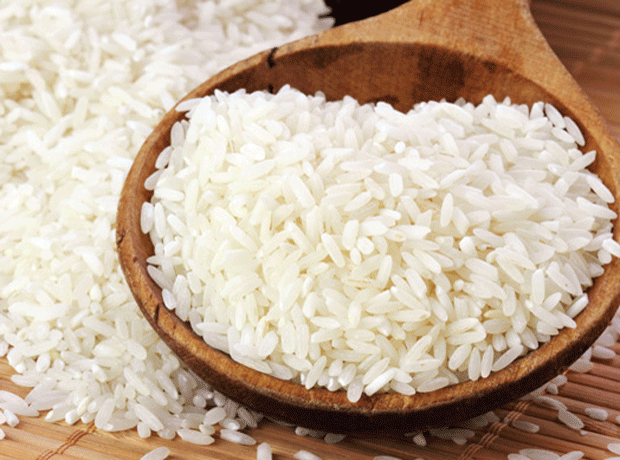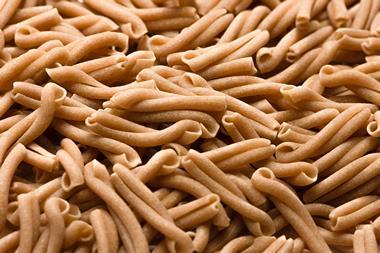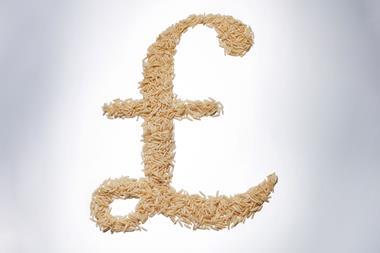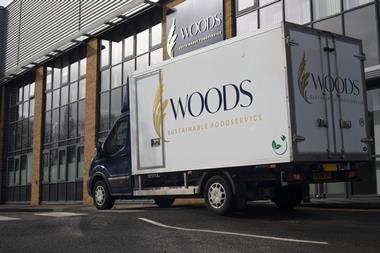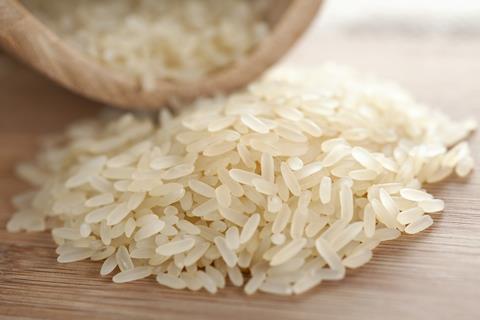
Government proposals to cut tariffs on imports of food could undermine the UK’s rice sector, according to the UK’s main industry body.
Under-fire PM Boris Johnson has in recent weeks questioned the need for tariffs on food the UK does not produce, arguing removing or reducing them could lead to lower retail prices amid rampant food and consumer price inflation.
The proposals were broadly welcomed by some food importers, particularly in the time and cost-sensitive fresh fruit and vegetables sectors. Rice importer Eurostar Commodities also said earlier this month that cutting tariffs could help make a dent in food price inflation and could help with procuring rice from outside existing tariff-free sources, including Italy, where prices have soared and supply has tightened.
However, Rice Association director Alex Waugh said “we do not think removing tariffs would bring down the cost of living but it would cost jobs in the UK”.
Waugh pointed out that with around 85% of the UK’s rice imports already entering the country tariff-free, there was no need for further cuts, which he said would undermine the country’s “vibrant and diverse” rice processing industry.
The UK’s tariff structure for rice, Waugh said, “encourages processing and value addition here” and any change would put what is a roughly £900m a year industry “at risk”.
And despite the UK not growing any rice itself and being imports-dependent, the commodity was generally cheaper here than it was in Italy or the US, which are major rice growers – in turn enabling the UK to export around £100m worth of rice-related products a year.
Several major rice sellers in the UK, such as US-based Ben’s Original, declined to comment on the matter, but Rice Association member Tilda Rice said it endorsed the trade body’s position.
Retail rice prices rose early in the year as the sector was hit by the vortex of rising input costs that have pushed up global food commodity prices the world over – spikes that by late last year were spilling over into consumer price inflation.
While rice in general has not been as hard-hit as other grains and cereals, prices have started to climb again as demand rises in major producer and consumer countries in Asia, due in part to availability of wheat being hit by the invasion of Ukraine, one of the world’s top five supplier nations, by Russia, the world’s biggest wheat exporter.
The UN Food and Agriculture Organization’s benchmark global rice commodity price index rose for a fifth successive month in May, taking the global average close to the level seen in May 2020, when world trade and market demand were disrupted by pandemic lockdowns.
Last month, whispers of India and other Asian exporters limiting overseas sales of rice, to ensure sufficient supply of rice at home, led to further concerns across the sector.
Others have warned that unilaterally dropping or removing tariffs could undermine the government’s leverage when it comes to negotiating free trade agreements, including the ongoing talks with India, the world’s biggest rice exporter by far.
“Tariffs are powerful tools to form trade agreements, and they should not be simply reduced without undergoing engagement with different sectors,” said Nilay Kamdar, business development manager with garlic importer Pan United.









